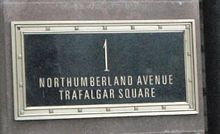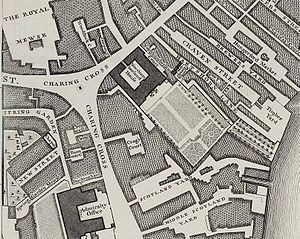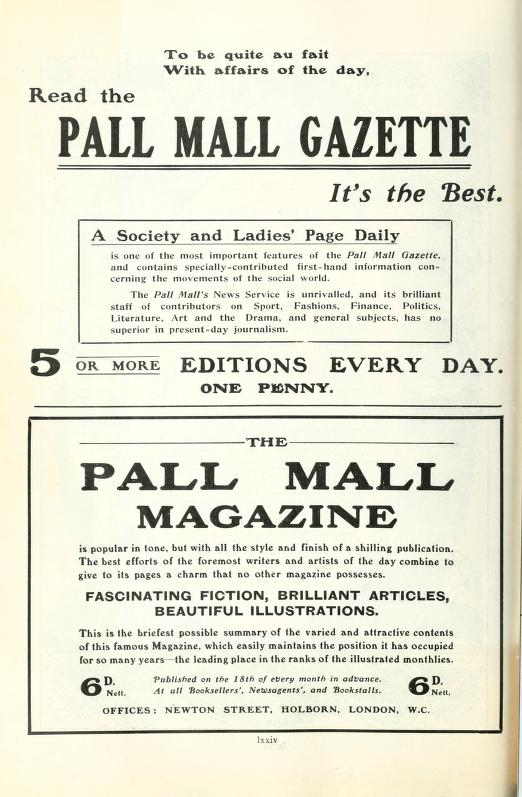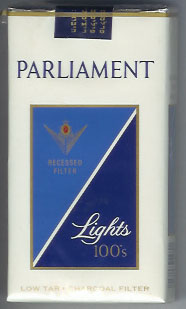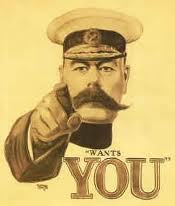
We want YOU
to save $10 per week
for a year.
We want your friends
to save $10 per week
TITLE DEED
NORTHUMBERLAND AVENUE
Price $160
Rent $12
With 1 House...$ 60With 2 Houses...$180
With 3 Houses...$500
With 4 Houses...$700
With HOTEL $900
Mortgage Value $80
Houses cost $100 each
Hotels $100 plus 4 houses
Northumberland Avenue is a London street, running from Trafalgar Square in the west to The Embankment in the east. The avenue was built on the site of Northumberland House, the London home of the Percy family, the Dukes of Northumberland.
Several British Government ministry departments are located in buildings located in Northumberland Avenue, among them DEFRA. The Ministry of Defence and the Air Ministry formerly occupied the triangular-shaped Metropole Hotel. The Nigerian High Commission, as well as a halls of residence for the London School of Economics are located there, opposite the pub the Sherlock Holmes.
In 1608–09, the Earl of Northampton built Northumberland House on the eastern portion of the former property of the Chapel and Hospital of St Mary Rounceval, at Charing Cross. This was a considerable property consisting of house and gardens, running down to the river, and adjoining Scotland Yard - to the west. The house suffered some damage in the Wilkes' Election Riots of 1768, but the Duke saved his property by the expedient of opening the nearby Ship Ale House, which drew off the rioters.[1]
In June 1874, the whole of the Duke's property at Charing Cross, was purchased by the Metropolitan Board of Works for the formation of Northumberland Avenue.[1]
Thomas Edison's British headquarters, Edison House, were situated on Northumberland Avenue. Many prominent personalities of the day had their voices recorded there by the phonograph, including William Ewart Gladstone and P. T. Barnum; these recordings still exist today.
TITLE DEED
WHITEHALL
Rent $10
With 1 House...$ 50With 2 Houses...$150
With 3 Houses...$450
With HOTEL $750
Mortgage Value $70
Houses cost $100 each
Hotels $100 plus 4 houses
If a player owns ALL the sites of any Color-Group, the rent is Doubled on Unimproved Lots in that group.______________________________________
Whitehall is a road in Westminster, in London, England. It is the main artery running north from Parliament Square, towards Charing Cross at the southern end of Trafalgar Square. Recognised as the centre of HM Government, the road is lined with government departments/ministries; "Whitehall" is therefore also frequently used as a metonym for overall UK governmental administration, as well as being a geographic name for the surrounding district.
The name is taken from the vast Palace of Whitehall that used to occupy the area but which was largely destroyed by fire in 1698. Whitehall was originally a wide road that ran up to the front of the palace. Trafalgar Square was built at its northern extremity in the early 19th century. The southernmost part by Parliament Square is Parliament Street, but there is no longer any obvious distinction between the two on the ground. Combined, the streets cover a total distance of about 0.6 mile (1 kilometre).
- Admiralty
- Department for Environment, Food and Rural Affairs (DEFRA)
- Old War Office
- Office of the Parliamentary Counsel
- Horse Guards
- Ministry of Defence
- Scotland Office (Dover House)
- Wales Office (Gwydyr House)
- Cabinet Office
- 10 Downing Street
- Department of Health
- Department for Work and Pensions
- Foreign and Commonwealth Office
- Government Offices Great George Street, housing HM Treasury, HM Revenue and Customs and parts of the Cabinet Office.
The Royal Collection is a tribute to the patronage and artistic taste of Kings and Queens from the 16th to the 21st centuries. Held in trust by the Queen for her successor and the nation, the collection is completely self-funded.
This small gallery, on the southwest corner of Buckingham Palace, was opened in 1962 at the suggestion of the Queen and Prince Philip, who wished to establish a public gallery to display works of art from The Royal Collection.
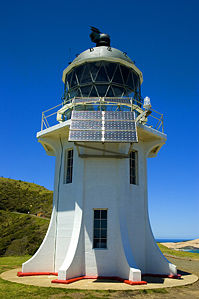
There's more in the New Zealand Edition (soon)
TITLE DEED
PALL MALL
Rent $10
If a player owns ALL the Lots of any Color-Group, the rent is Doubled on Unimproved Lots in that group.
©1935 Hasbro, IncPall Mall /ˌpæl ˈmæl/ is a street in the City of Westminster, London, and parallel to The Mall, from St. James's Street across Waterloo Place to the Haymarket; while Pall Mall East continues into Trafalgar Square. The street is a major thoroughfare in the St James's area of London, and a section of the regional A4 road. The name of the street is derived from "pall mall", a mallet-and-ball game that was played there during the 17th century.
Pall Mall is best known for being the home to various gentlemen's clubs built in the 19th and early 20th centuries. These include the Athenaeum, Travellers Club, Army and Navy Club, Reform Club, United Service Club (now occupied by the Institute of Directors), Oxford and Cambridge Club and Royal Automobile Club.
It was also once the centre of the fine art scene in London; in 1814 the Royal Academy, the National Gallery and Christie's auction house were all here, but none of them stayed for long.[1]
The freehold of nearly all of the southern side of the Pall Mall has belonged to the crown for several hundred years, and is still owned by the Crown Estate. St. James's Palace is on the south side of the street at the western end. Marlborough House, which was once a royal residence, is next to it to the east, opening off of a courtyard just to the south of the street. The Prince Regent's Carlton House once stood at the eastern end of the street. Pall Mall was also once the home of the War Office, with which it became synonymous (just as Whitehall refers to the administrative centre of the UK government). The War Office was based in a complex of buildings based on the ducal mansion of Cumberland House which was designed by Matthew Brettingham and Robert Adam.
Buckingham Palace is the London home and primary residence of the British monarch.[1] Located in the City of Westminster, the palace is a setting for state occasions and royal hospitality. It has been a focus for the British people at times of national rejoicing and crisis.

